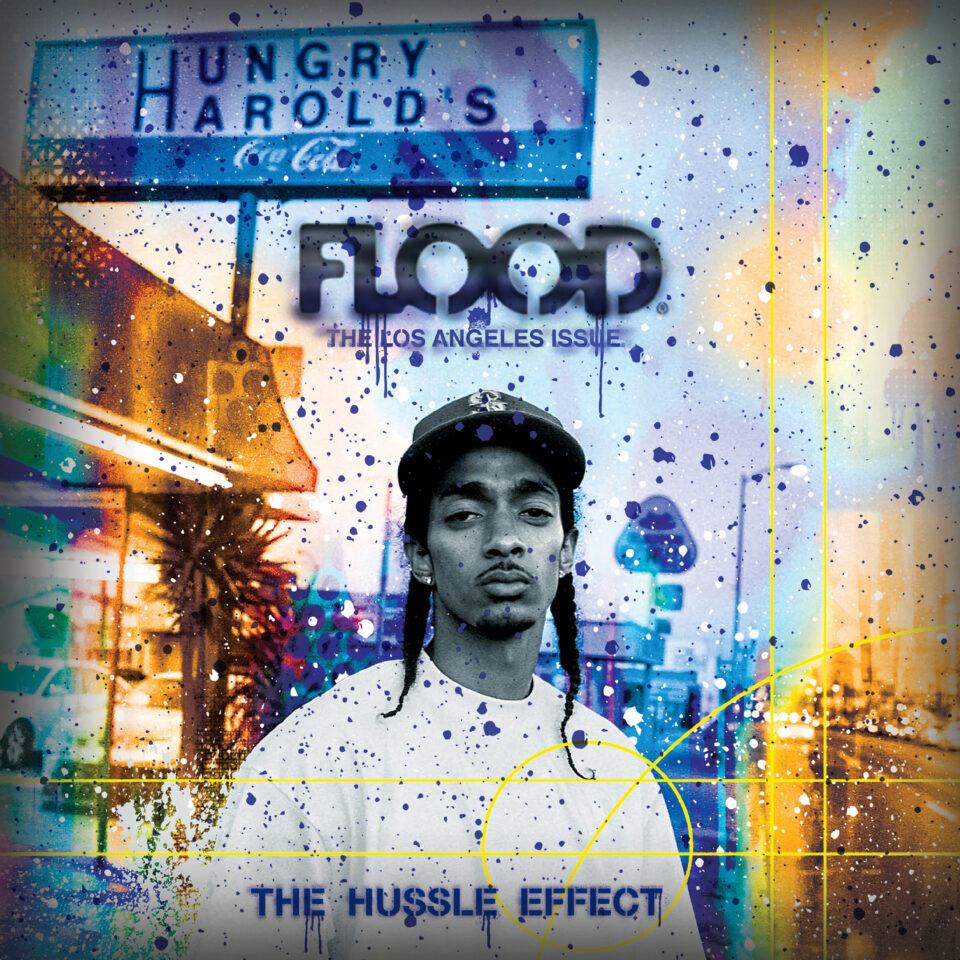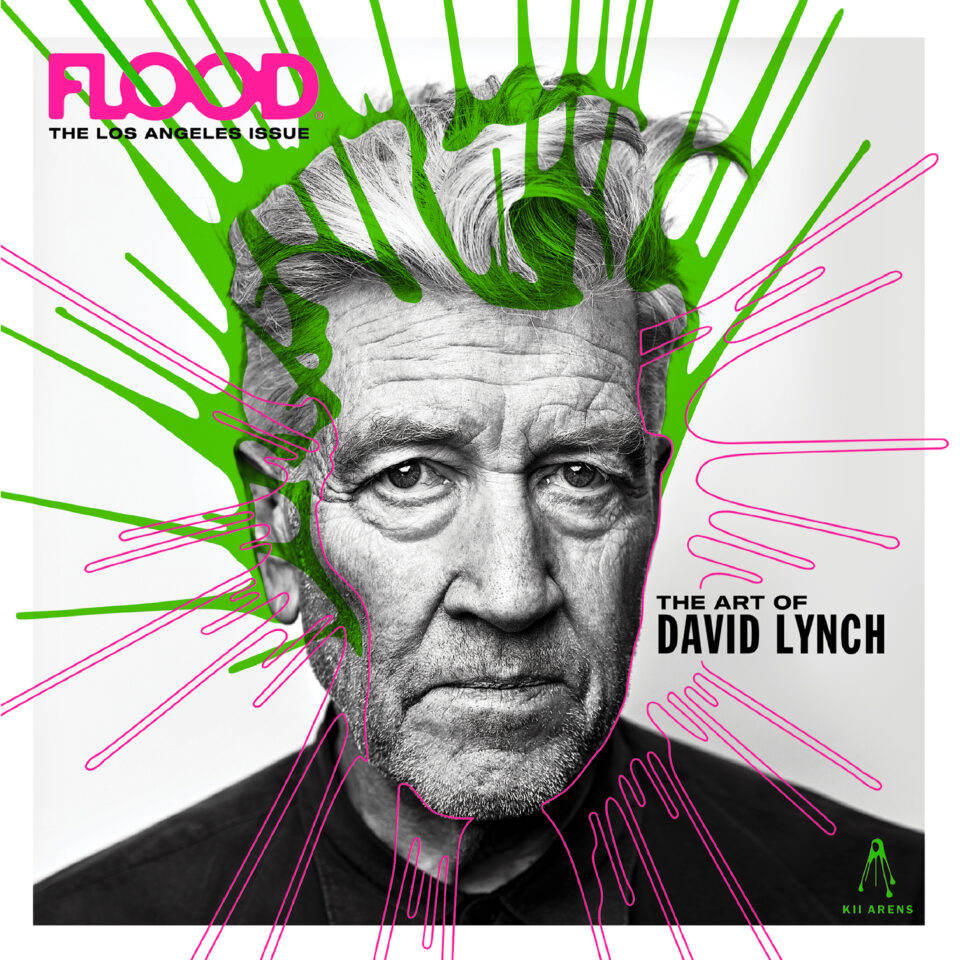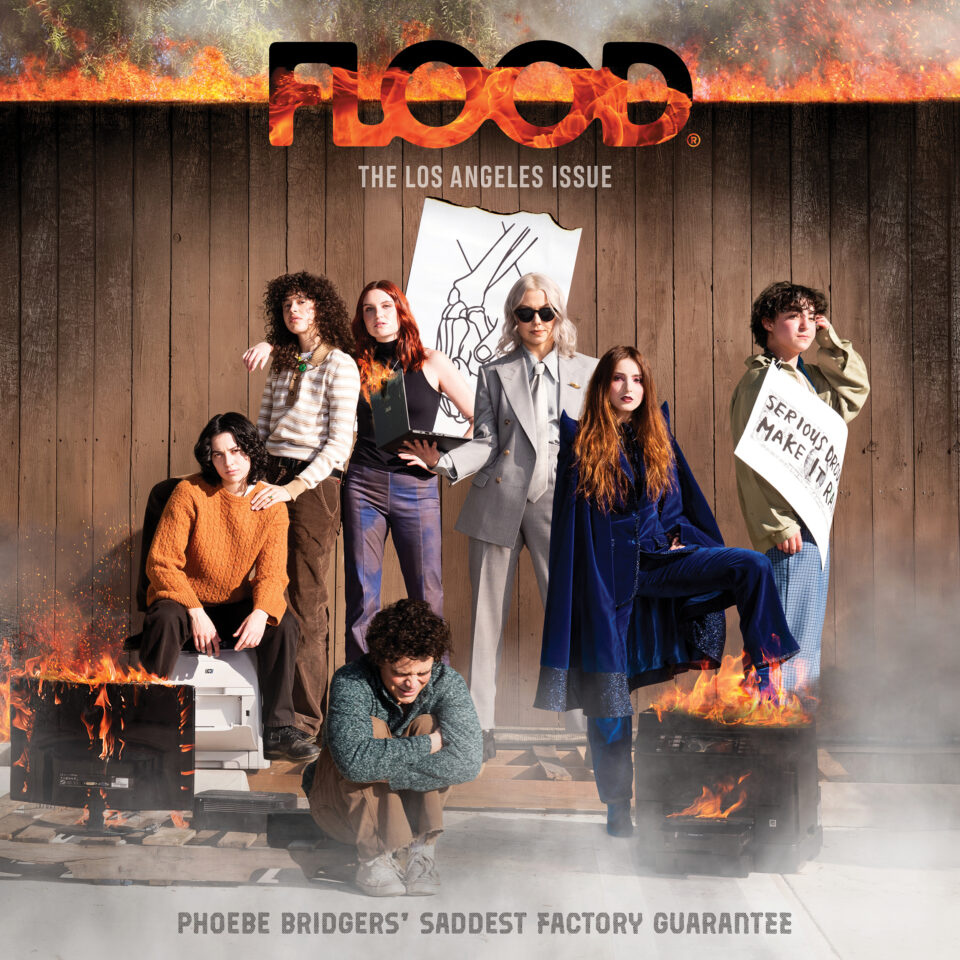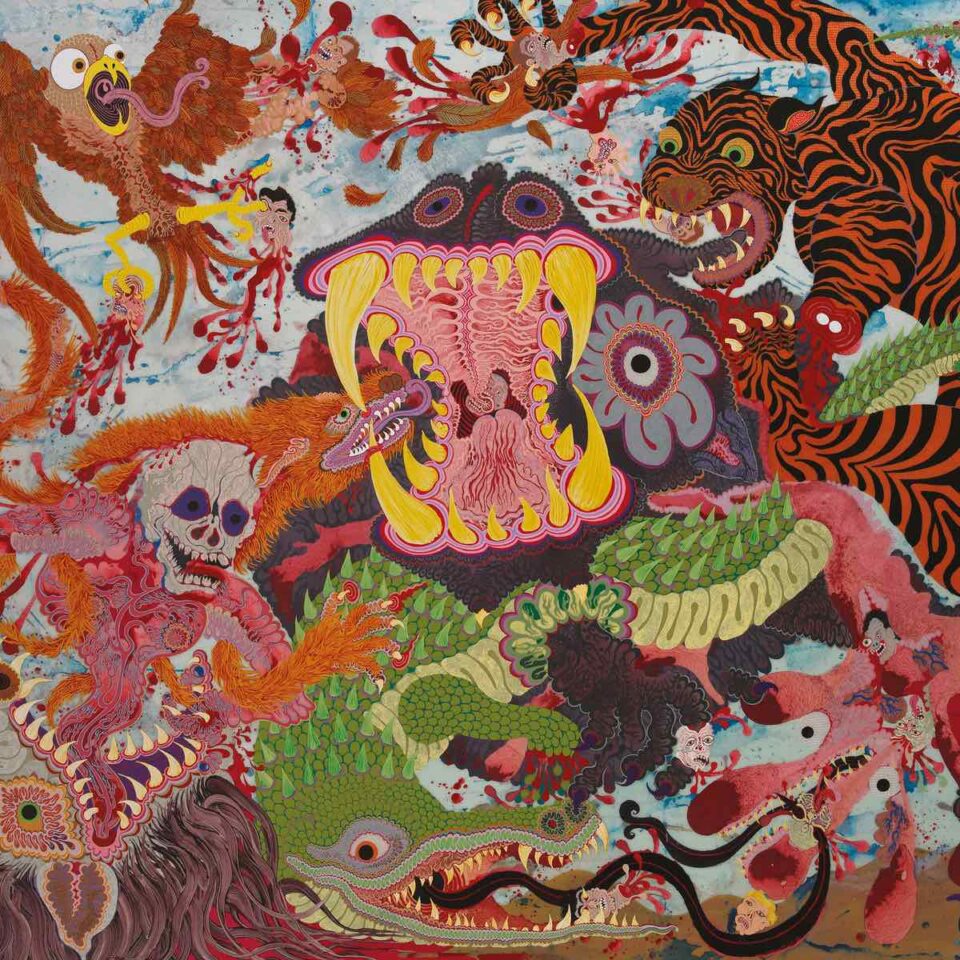There is a kind of monster that is patched together from parts—leftover fragments fitted joint to joint as neatly as conditions allow—then lit up, electrified, in hopes that the aggregate creation moves and breathes and ripples with the elemental energy of life itself. That monster is the biopic: bones of truth stitched together with fiction, the broad genre of movies “based on a true story” are under pressure to shape a satisfying narrative arc from the tumble and chaos of life. Sometimes this works (think Capote, which stretched over years and gave Philip Seymour Hoffman time to work his delicate magic of embodiment), and sometimes it doesn’t (think Howl with James Franco, which gambled on an artistic free-verse structure and lost).
The latest attempt to capture the life and work of a literary genius—for that description of the biopic as sewn-together reanimated monster would not have made sense had a teenaged Mary Shelley not written Frankenstein two hundred years ago, trouncing her competitors in the world’s most talent-heavy ghost story competition and galvanizing a new genre along the way—is Mary Shelley, directed by Haifaa al-Mansour; though the film fails to attain that necessary spark of life.
As Emily Yoshida points out in a review for Vulture, the film should be called Mary Godwin, as its narrative arc centers, chiefly, on the early years of Mary’s romance with poet Percy Shelley. Mary, the daughter of protofeminist philosopher Mary Wollstonecraft and firebrand publisher William Godwin, meets Shelley: handsome, talented, older—and married, though he doesn’t tell her so at first. Smitten by Mary, and perhaps also by her family’s literary pedigree, Shelley abandons his wife and daughter to abscond with Mary and her stepsister Claire Clairmont, and they dive into the world of sex, death, and scandal with the aplomb only teenagers can (basically Skins in Georgian dress). It’s carousing and poetics jostled with debt and miscarriage. When the trio decamps to Lord Byron’s villa in Switzerland, the rain drives them to boredom, and then, eventually, to inspiration.
To write around the pain, rage, sorrow, violence, filth, rot, and ugliness of a character cheats a story of its heart.
The actual work of writing Frankenstein comprises the film’s climax. By the time Mary finishes her manuscript and drops it on Shelley’s desk, we’ve seen their fledgling romance rise and plummet such that the work seems an act of defiance against him. After reading through the manuscript, Shelley races to find Mary, tired and haggard, cocooned in bedclothes, illuminated in thin dishwater-grey light:
“I just have one question,” he says. “The doctor, he gets all these body parts and he sews them together in order to make the most perfect creature. But when he brings it to life, essentially what he has created is a kind of monster.”
“Yes,” she says.
“Well, couldn’t it be something more—something more hopeful? Imagine if he could create the perfect being. An angel!”
“An angel?” she says, incredulous.
“Yes! And in doing so, he could show what Man can be. He creates a version of ourselves that shines with goodness and thus delivers a message for mankind.”
“It is a message for mankind.” He doesn’t get it, and she can’t believe he doesn’t get it.
“Well I—I mean a message of hope, and of perfection.”
“What would you—what would we know of hope and perfection? Look around you,” Mary says, gesturing to the filthy room, the empty cradle. “Look at the mess we’ve made.”
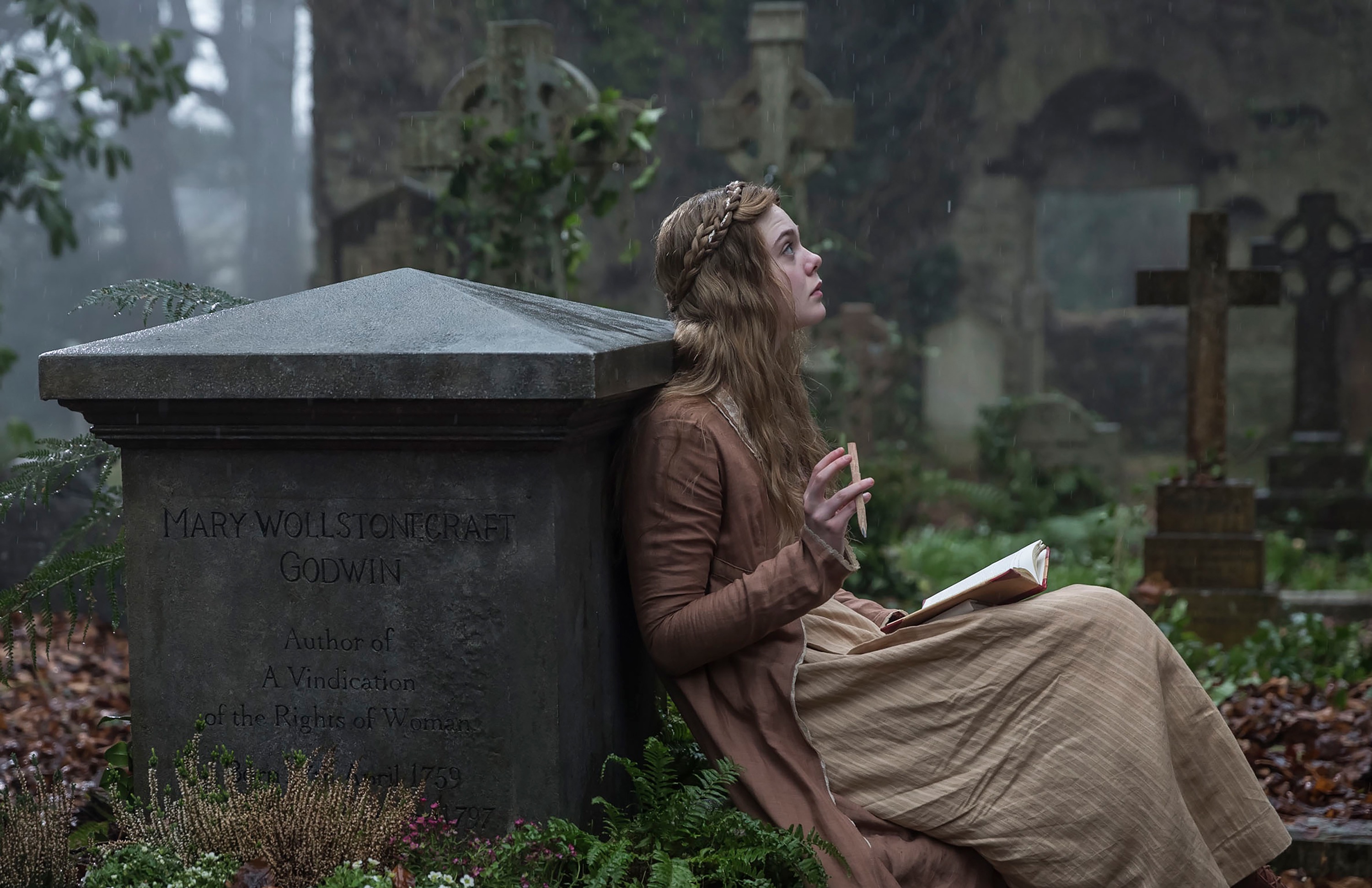 The point she doesn’t make to his face—the point that seems so obvious that to make it would to be an insult to his intelligence—is that the story couldn’t work with an angel. Angels make for boring stories. To write around the pain, rage, sorrow, violence, filth, rot, and ugliness of a character cheats a story of its heart—you have to write directly into it. This is the scene I kept thinking about days later; it seems an uncanny allegory for what happened to this movie. Much of the press tour insists on Mary’s status as an angel: a feminist icon, a maligned genius, an “inspiration.” The film works to fashion the moments of her life into a narrative of inevitability, making the creation of Frankenstein seem a biographical synthesis rather than a radically inventive work. Characters speak with words cribbed directly from their writings, giving them a stilted, too-sure air. The film skirts over life’s messy edges in favor of a simpler, palatable dramatic arc.
The point she doesn’t make to his face—the point that seems so obvious that to make it would to be an insult to his intelligence—is that the story couldn’t work with an angel. Angels make for boring stories. To write around the pain, rage, sorrow, violence, filth, rot, and ugliness of a character cheats a story of its heart—you have to write directly into it. This is the scene I kept thinking about days later; it seems an uncanny allegory for what happened to this movie. Much of the press tour insists on Mary’s status as an angel: a feminist icon, a maligned genius, an “inspiration.” The film works to fashion the moments of her life into a narrative of inevitability, making the creation of Frankenstein seem a biographical synthesis rather than a radically inventive work. Characters speak with words cribbed directly from their writings, giving them a stilted, too-sure air. The film skirts over life’s messy edges in favor of a simpler, palatable dramatic arc.
“Mary, Percy, Claire—they did a lot of larger than life things,” director Haifaa al-Mansour put it when we spoke briefly by phone. “It was hard to decide what to save. The themes of Frankenstein—the loss of a child, the absence of her mother, her exhausting relationship with Percy… All this led to writing the book. So we let those themes dictate what we wanted to include in the film.” Notable absences include the entire existence of Mary’s stepsister Fanny Imlay—the eldest daughter of Mary Wollstonecraft, who suffered at home while Mary and Claire gallivanted across Europe with roustabout poets, and later committed suicide—but no omission glares as sharply as that of Mary’s experiences of motherhood.
The film makes a half-hearted attempt to set up Mary’s first child—a baby who died before she could name it, leaving her bereft and feverish—as a piece in the puzzle of inspiration that led her to write Frankenstein, but doesn’t continue on to explore further: Jill Lepore, writing in The New Yorker for Frankenstein’s two-hundredth anniversary back in February, notes that, “pregnant again only weeks later, she was likely still nursing her second baby when she started writing Frankenstein, and pregnant with her third by the time she finished.”
Telling a story about the complexities of motherhood would have fit neatly against the themes of Frankenstein, but instead we see Mary as a “feminist inspiration” only in how she reacts to the world of men.
Lepore goes on to invoke Shelley biographer Muriel Spark and scholar Ellen Moers on how rare it was at the time for a woman to be both a writer and a mother—few and far between in comparison to the “spinsters and virgins.” To take a chance on telling a story about the complexities of motherhood would have fit neatly against the themes of Frankenstein, but instead we see Mary as a “feminist inspiration” only in how she reacts to the world of men: punching a would-be assaulter; speaking in impassioned and righteous tones to a publisher who turns her down.
The film’s final scene depicts this self-in-reaction in astonishing clarity: Mary as a teenage girl, ambitious and intelligent, comes upon a room of men discussing her work. Her father is there and her lover is there; they stand slightly apart amidst a crowd of nameless others. None of these men know the teenage girl is present, listening. They begin to speak about her: not to belittle, mock, sexualize, or dismiss, but to praise the quality of her work, and to state that they themselves could not have done it better. The father expresses deep pride; the lover, genuine regret over his past selfishness and stupidity, mourning his own role in the creation of the story by inflicting profound loneliness on its author. The teenage girl then reveals herself, and the pair reunite.
 This fantasy of coming upon a room full of men approving of you as an equal, or, in fact, a better—a genius—struck me as too pat. Critical reception of Frankenstein upon its publication was fairly mixed—Percy Shelley himself wrote a favorable review, as did Sir Walter Scott, though several others found its subject matter off-putting and its tone lurid. (One anonymous reviewer, writing in the British Critic in 1818, went so far as to say, “The writer of it is, we understand, a female; this is an aggravation of that which is the prevailing fault of the novel; but if our authoress can forget the gentleness of her sex, it is no reason why we should; and we shall therefore dismiss the novel without further comment.”)
This fantasy of coming upon a room full of men approving of you as an equal, or, in fact, a better—a genius—struck me as too pat. Critical reception of Frankenstein upon its publication was fairly mixed—Percy Shelley himself wrote a favorable review, as did Sir Walter Scott, though several others found its subject matter off-putting and its tone lurid. (One anonymous reviewer, writing in the British Critic in 1818, went so far as to say, “The writer of it is, we understand, a female; this is an aggravation of that which is the prevailing fault of the novel; but if our authoress can forget the gentleness of her sex, it is no reason why we should; and we shall therefore dismiss the novel without further comment.”)
I asked Haifaa if the salon scene had been based on a true event: Had Godwin given such a salon in honor of his daughter and her talents? No, she said; it was “very fictional.”
“But I wanted to give her that recognition,” Haifaa said. In other words: a message of hope and perfection. But like Victor Frankenstein, who sought to fashion a human more perfect than any other, Mary Shelley misses Mary Shelley’s best lesson: When you set out to make an angel, you might not end up with what you hoped. FL


